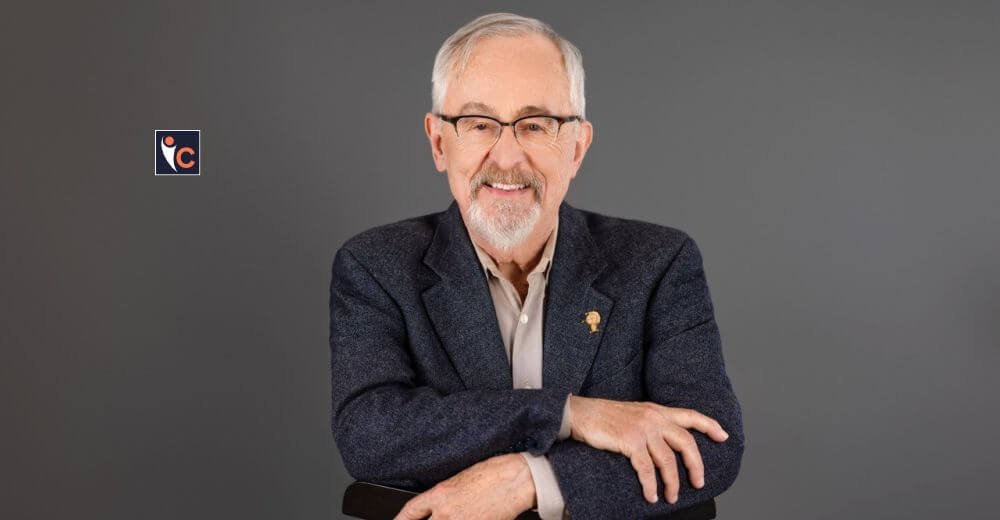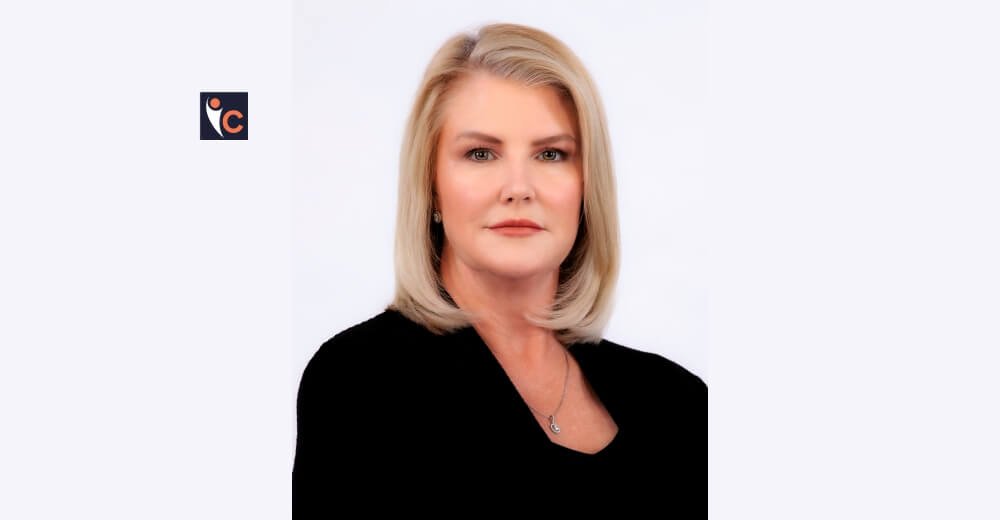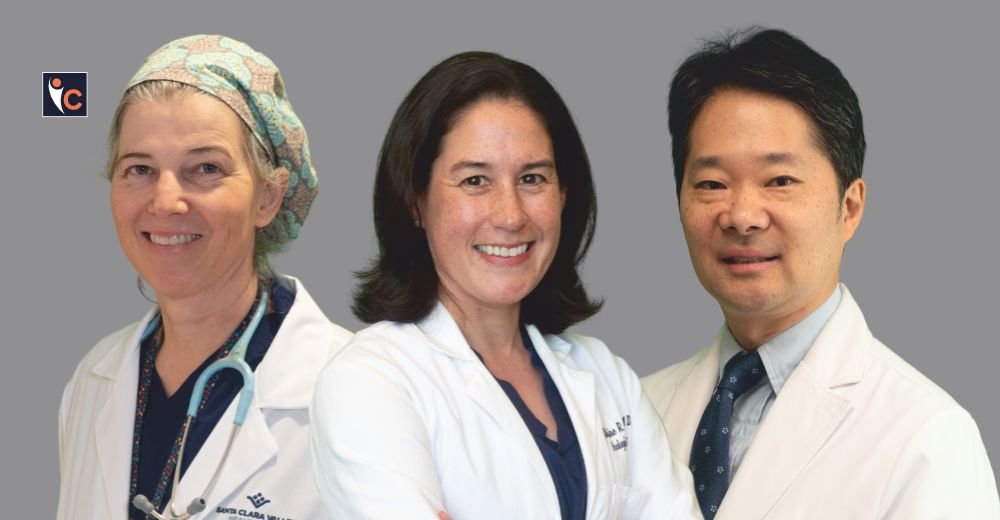Behind every great achievement is often a story of partnership—two people whose lives intertwine not just by chance, but by shared values, dreams, and purpose. Such is the story of Richard C. Larson and Mary Elizabeth Murray, whose journey together is as inspiring as the educational innovations they created.
Larson was born in the lively borough of Queens, New York, and from an early age, he was fascinated by how systems work and how to solve complex problems. This interest led him to study at MIT, where his passion for problem-solving grew into a lifelong career. Behind his many academic achievements was a partnership that fueled his work—a partnership with Murray, known as Liz, whose thoughtful intellect and dedication to education made her not just his wife, but a true collaborator and co-creator.
Their marriage balanced high ambitions with deep affection, combining careful study with genuine care. Together, they managed the demands of family life while making important advances in global education. Liz’s strong commitment to expanding learning opportunities complemented Larson’s analytical skills, and together they formed a dynamic team that blended personal support with professional collaboration.
Their story is one of mutual encouragement, where ideas were refined in everyday moments and plans to improve STEM education developed during travels around the world. It shows how love and respect can strengthen not only a marriage but also a movement focused on making education more interactive, inclusive, and meaningful for students everywhere.
Let’s learn how Larson and Murray’s personal and professional partnership transformed global STEM education!
The Making of Two Visionaries
Larson’s formative years in Bayside, Queens, New York, planted the seeds for a lifetime devoted to systems thinking and problem-solving. From a young age, he was fascinated by the inner workings of complex systems—how parts interacted and functioned as a whole. This curiosity shaped his academic path, culminating in a rigorous education at MIT, where he earned his bachelor’s, master’s, and doctoral degrees in electrical engineering. Upon completing his PhD in 1969, he immediately joined the MIT faculty, dedicating his career to advancing fields such as operations research, queuing theory, and urban systems. His work, renowned for its analytical precision, has always been underpinned by a desire to solve real-world problems.
Simultaneously, Murray carved her own path as an educator deeply committed to equity and access. Armed with a degree from Boston University and a passion for project management, she specialized in the design and administration of educational programs aimed at expanding opportunities for underserved communities. Liz’s professional life was characterized by a steadfast belief that technology, thoughtfully applied, could break down barriers and open new doors for learners regardless of their socioeconomic or geographic circumstances. Her expertise and empathy complemented Larson’s technical focus, setting the stage for an extraordinary partnership.
A Partnership of Hearts and Minds
The marriage of Larson and Murray was far more than a union of two accomplished professionals—it was a deeply synergistic relationship founded on mutual respect, shared ideals, and a commitment to both family and social impact. Spanning over four decades, their marriage was a “double commitment,” balancing the demands of raising children with the pursuit of ambitious academic and educational goals.
Liz was not simply a supportive spouse; she was an intellectual partner and sounding board who provided insightful feedback and encouragement that helped shape Larson’s work and vision. Their collaboration was seamless, blurring the lines between personal life and professional pursuits. Conversations around the dinner table often ventured into pedagogical challenges and innovative solutions, while their shared passion for technology-enabled education fueled a lifelong mission to make learning more engaging and accessible.
This dynamic partnership enriched their family life and amplified their professional impact. Their children became a source of inspiration, motivating them to create educational tools that could benefit learners everywhere. Together, Larson and Murray embodied the ideal that the most profound innovations often arise from a confluence of personal commitment and intellectual collaboration.
Revolutionizing STEM Learning
The idea that would become MIT BLOSSOMS (Blended Learning Open Source Science or Math Studies) was born during a pivotal visit to a rural school in China. Larson and Murray observed a teacher using a videotaped lecture to supplement classroom instruction. While the method allowed for the dissemination of expert content, the implementation was cumbersome: the teacher had to manually pause the video to engage students in discussion or activities, disrupting the flow and connection of the lesson.
This experience sparked a critical question: what if educational videos were designed from the start to be interactive—pausing at key moments to prompt teachers to lead hands-on activities or discussions? This insight was revolutionary. It envisioned a blended learning model that harmonized digital resources with active classroom engagement, rather than replacing the teacher’s role.
Motivated by this vision, Larson and Murray co-founded MIT BLOSSOMS. Their goal was ambitious yet simple: to create a freely accessible global library of interactive STEM lessons that would empower teachers and enrich students’ learning experiences regardless of location or resources. The program was designed not just as a repository of videos but as a dynamic platform that enabled localized teaching adaptations, fostering active participation and deeper understanding.
Interactive Learning
At the core of BLOSSOMS lies a commitment to interactive education. The video lessons are uniquely structured with deliberate pauses, designed to prompt teachers to facilitate experiments, discussions, or problem-solving activities that cater to their specific classroom needs. This approach leverages the strengths of digital media—expert instruction, consistent quality, and scalability—while preserving the irreplaceable value of real-time human interaction in learning.
By empowering teachers to lead these activities, BLOSSOMS nurtures critical thinking and engagement rather than passive absorption of information. This blended model respects the role of educators as facilitators and champions of curiosity, making learning both effective and enjoyable.
Global Reach and Cultural Relevance
One of the defining features of the initiative is its global perspective. The lessons in BLOSSOMS are created and contributed by educators from diverse cultural and linguistic backgrounds, ensuring that content is relevant and adaptable to various local contexts. This inclusivity enhances the program’s effectiveness and fosters a sense of global educational community.
Over the years, BLOSSOMS has reached students in Asia, Africa, the Middle East, and beyond, serving as a catalyst for educational equity in regions where access to quality STEM resources has traditionally been limited. The initiative’s open-access nature reflects Larson and Murray’s conviction that knowledge should be a public good, freely available to all.
International Partnerships and Outreach
Larson and Murray’s dedication to expanding the reach of BLOSSOMS took them around the world, forging crucial partnerships with educators, ministries of education, and policymakers. Their travels to countries like Malaysia and China included workshops, demonstration classes, and seminars designed to train teachers in the BLOSSOMS methodology and inspire adoption of blended learning approaches.
These engagements were more than just promotional efforts; they embodied a genuine exchange of knowledge and cultural understanding. Larson and Murray listened carefully to local educators’ needs and perspectives, co-creating solutions that were both innovative and culturally sensitive. Their work earned recognition in local media and educational forums, highlighting the program’s transformative potential.
Beyond BLOSSOMS: The Vision of LINC
While BLOSSOMS remains a flagship project, the partnership’s influence extended into the Learning International Networks Consortium (LINC), an MIT-based initiative founded by Larson and Murray in 2002. LINC’s mission aligns with the couple’s broader vision: leveraging technology to deliver scalable, high-quality education, especially for disadvantaged youth.
Liz played a pivotal role as co-director of LINC, managing international collaborations and editing conference proceedings that brought together educators, researchers, and policymakers from around the globe. Their joint scholarly contributions addressed critical issues such as distance learning’s role in poverty reduction and overcoming challenges to blended learning in developing nations.
LINC, much like BLOSSOMS, embodies a philosophy that technology should enhance human potential and democratize access rather than widen educational divides.
Scholarly Contributions and Thought Leadership
Together, Larson and Murray co-authored numerous papers that have influenced the discourse on technology-enabled education. Their research covered practical case studies from countries including China and Mexico, shedding light on the systemic barriers to blended learning and proposing actionable strategies to overcome them.
Larson and Murray roles as director of MIT’s Center for Advanced Educational Services and as president of professional societies further positioned him as a thought leader in operations research and educational innovation. Liz’s editorial leadership and program management ensured that their work reached diverse audiences, shaping international conversations about educational equity and technology.
A Personal Commitment to Educational Equity
Underlying all their professional achievements was a profound personal commitment to the belief that every child, regardless of circumstance, deserves access to quality education. Liz’s warmth, empathy, and intellectual curiosity made her a beloved figure among colleagues and collaborators worldwide. She championed open educational resources and the creation of global networks that allowed educators to share best practices and innovations.
Her influence on Larson and Murray was both personal and professional—she inspired him to pursue ambitious projects and was instrumental in his decision to author the book Model Thinking, which aims to equip readers with critical reasoning skills vital for navigating today’s complex world.
A Lasting Legacy
Murray passing in October 2023 marked the end of an era but not the conclusion of a legacy. Her work, alongside Larson and Murray, lives on through MIT BLOSSOMS, LINC, and countless educational leaders and students whose lives have been touched by their initiatives. The blended learning models they developed continue to be used in classrooms worldwide—from urban centers to remote villages—bridging divides and igniting curiosity.
Their story is a powerful reminder that behind every major innovation often lies a partnership grounded in trust, shared vision, and mutual respect. The synergy between Larson and Murray analytical rigor and Murray’s educational insight has created a lasting impact on global STEM education.
The Power of Partnership in Shaping Education
The journey of Larson and Murray exemplifies how collaboration can fuel innovation and drive meaningful change. Their combined intellect, dedication, and empathy have yielded educational tools and frameworks that are not only effective but equitable and inspiring.
Their partnership highlights the importance of integrating technology with human-centered teaching, demonstrating that educational innovation flourishes when personal values align with professional goals. Through their work, they have opened doors for millions of learners worldwide, laying the foundation for a more just and enlightened global educational landscape.
In celebrating their legacy, educators and innovators are reminded that impactful change is often the result of shared dreams, complementary strengths, and an unwavering commitment to service—a legacy that continues to inspire and guide future generations.





